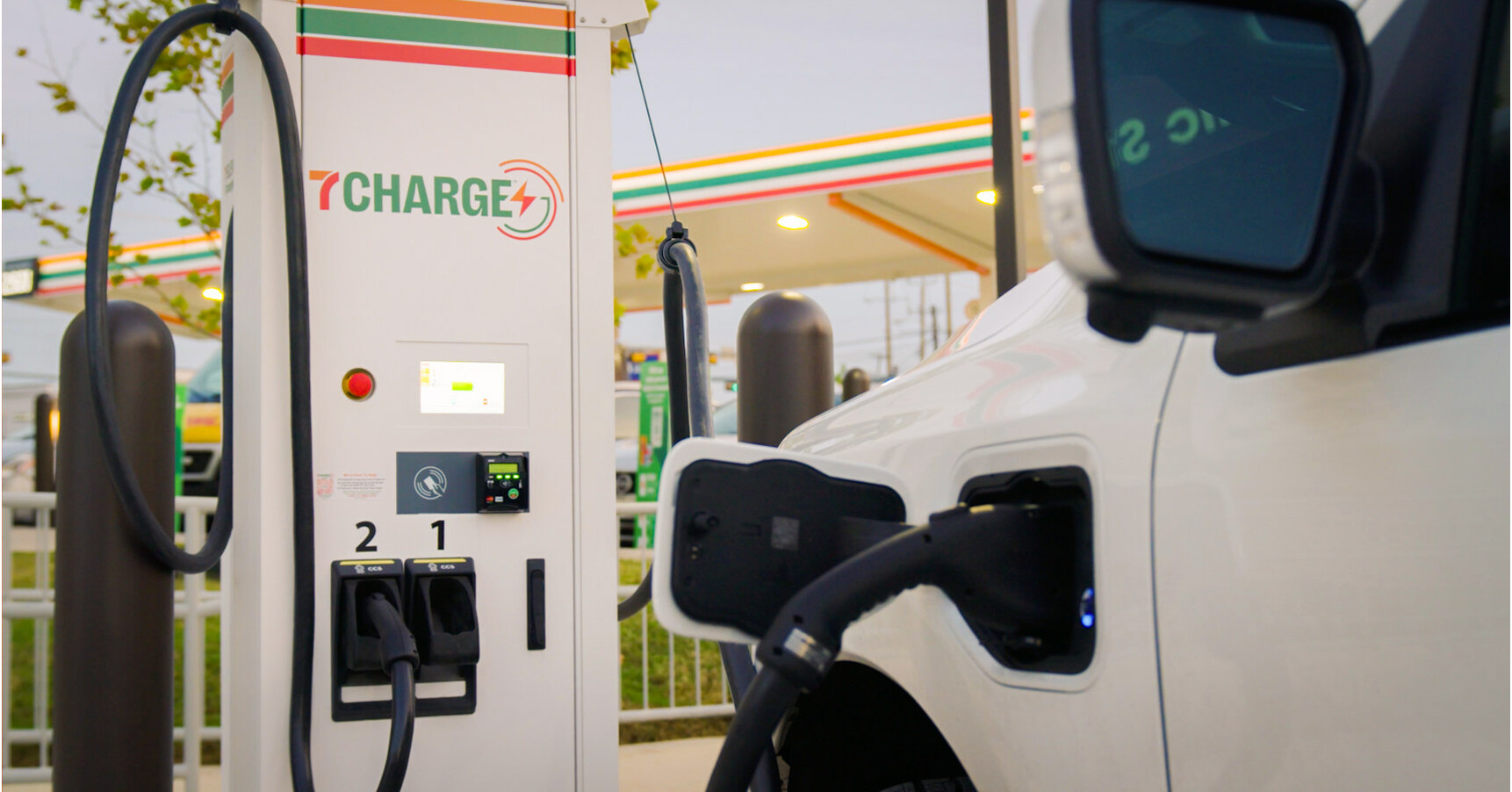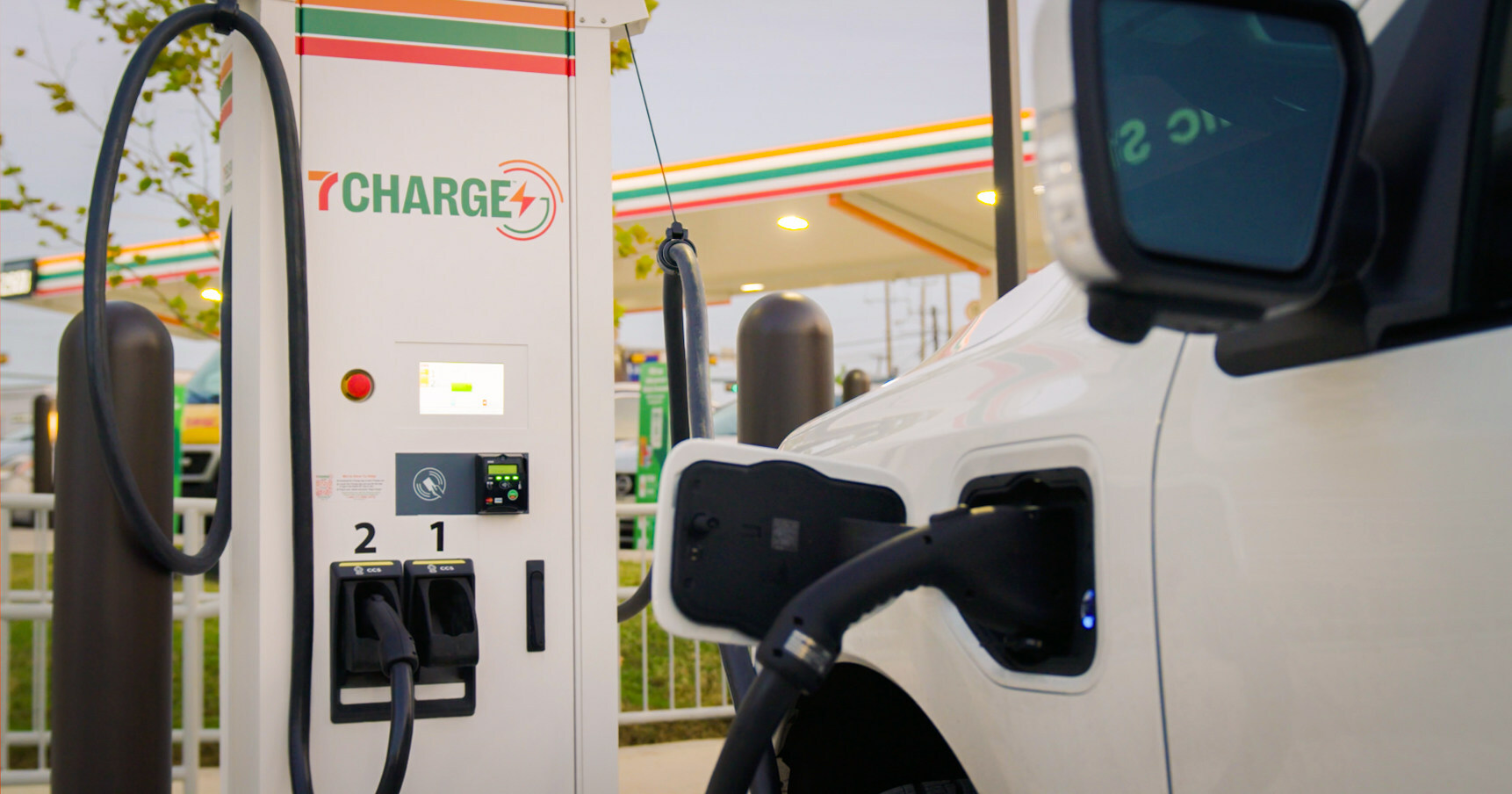I've always thought that highway restaurants like Cracker Barrel, Texas Roadhouse, etc, and other big chains like Outback, Applebees, etc, would be great sites for EV charging. Any time I've identified a Supercharger location at one of those types of restaurants I've scheduled our drive for a meal time arrival and stayed for a full charge and a sit down meal.
Now that these businesses could potentially have their own charging scheme rather than having Tesla branded equipment, do you think we'll see more restaurant charging options popping up?
I suppose the same could be said for grocery stores and other big box retail like Target and Walmart.
Now that these businesses could potentially have their own charging scheme rather than having Tesla branded equipment, do you think we'll see more restaurant charging options popping up?
I suppose the same could be said for grocery stores and other big box retail like Target and Walmart.



/cdn.vox-cdn.com/uploads/chorus_asset/file/24566760/Screenshot_2023_04_06_at_1.34.19_PM.jpeg)



